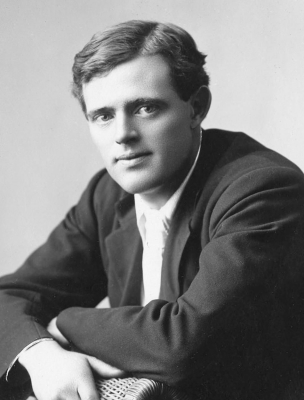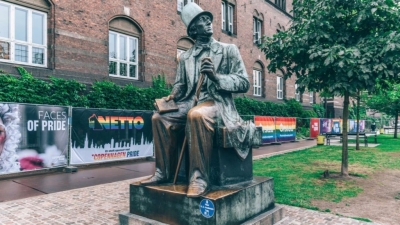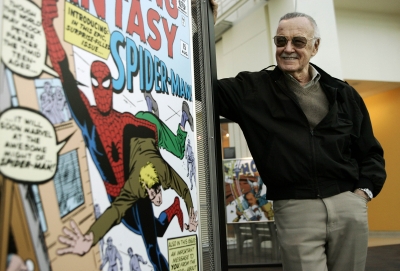What is the life story of Markus Zusak?

Finding inspiration
Markus Zusak's parents, Lisa and Helmut, who had lived in Nazi Germany before moving to Australia, loved regaling him with stories about their experiences in Germany during World War II. One day at dinner, Lisa, who became the inspiration behind the characters of Liesel and Rosa Hubermann, narrated an incident that took place when she was six. She heard a noise that sounded like cattle being herded down the street. When she looked out, she saw people being taken to a concentration camp. Among them, there was an old man who couldn't keep up, and so a boy gave him a piece of bread. They were both whipped, one for giving the bread and the other for taking it. A young Zusak loved listening to these real-life stories and wondered about the lives of ordinary people in Nazi Germany. Later, it is these stories that helped him to write "The Book Thief”, which has been translated into over 40 languages.
The write start
Zusak began writing fiction at the age of 16. However, his first attempt at writing a story about a boy with a cyst on his head that could burst at any time-was not successful. By page eight, he abandoned the effort!
During his initial days of writing, he pursued a degree in teaching. Unfortunately, his first job as a teacher was not quite what he had imagined. It involved cleaning up the mess left behind by students rather than teaching them.
A success story
A loner as a child, Zusak was always drawn to characters on the fringes. And so he wrote about a 15-year-old boy Cameron, a semi autobiographical character, in his first book, "The Underdog", published in 1999. His next book, "Fighting Ruben Wolfe", dealt with the boxing matches he fought with his brother in their backyard. By then, his popularity had grown in Australia.
Despite his writing experience, Zusak was sceptical about his fourth work "The Book Thief”. He thought no one would ever read the book and so revised it 200 times. To his surprise, the book sold over eight million copies worldwide.
Popular works
“The Book Thief”
Published in 2005, 'The Book Thief' is a story of a little blonde girl called Liesel Meminger. She steals books and reading them helps her face the horrors of war with courage. In fact, the first words Liesel reads are those from an instruction manual on grave digging which she flicks from a graveyard. Later, a sick Jew hiding in her foster family's basement teaches her to read and write. The messages he leaves behind on his death embolden her to fight back the Nazi regime and pick up the shreds of life shattered by the war.
"Bridge of Clay"
Zusak wrote his next book 'The Bridge of Clay", nearly 13 years after “The Book Thief". Published in 2018, it depicts the plight of orphans. The story revolves around five brothers coming to terms with the disappearance of their father. Zusak had a hard time finishing the book as he could not decide on the right narrator. For six years a character named Maggie was the narrator of the novel, but upon revision was completely scrapped. Finally, he decided to make Matthew Dunbar the narrator.
Picture Credit : Google




